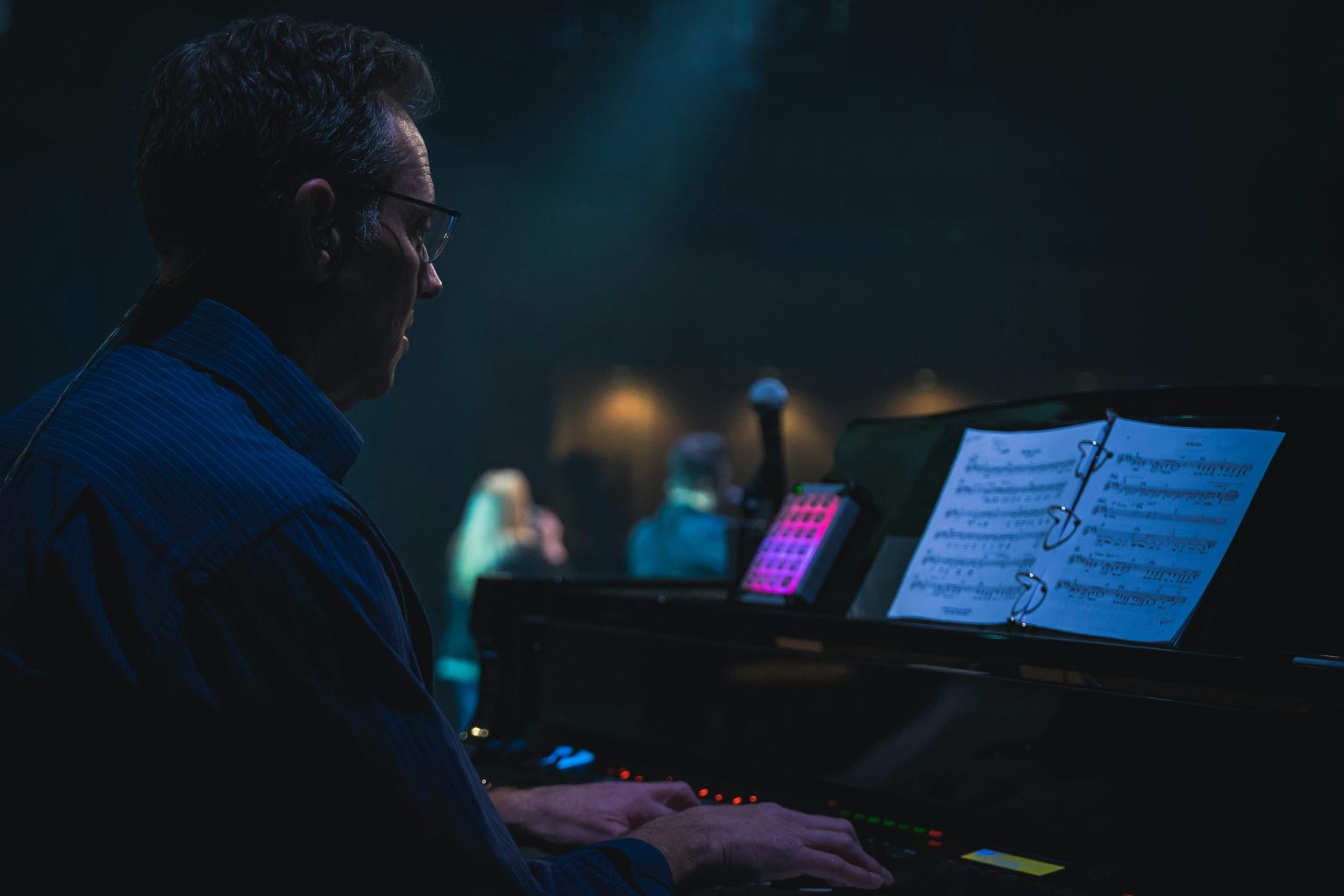- Creatives severely impacted by the pandemic have discovered profitable new ways to sell their work online
- Artists are leveraging social media to attract fans, then monetising their content through subscription platforms like Patreon
- This model provides a more stable income but is prone to misuse and forces artists to act as their own agents and promoters
Musicians are forging more financially stable careers through subscription platforms such as Patreon, as revealed by a recent study, providing hope in the face of streaming challenges and copyright infringement.
The pandemic-induced shift to digital art sales, necessitated by the inability to perform live, has resulted in a lasting transformation for many artists, yielding increasingly favourable outcomes.
Research conducted by the University of Sussex, University of Warwick, and the Institute for Employment Studies indicates that musicians and other creatives, such as visual artists, have discovered new pathways to commercial success without the need for widespread fame.
Fanbases are being cultivated online through social media. To foster a sense of community and generate steady income, followers are offered exclusive content via subscription platforms, with proceeds going directly to the artists.
“Amid the challenges of music streaming, copyright theft, and AI-generated art, you’d be forgiven for thinking an artistic career was only realistic for the privileged few, but this is far from true,” said University of Sussex Business School Professor Dimitra Petrakaki. “Today’s savvy creatives are using social media like YouTube and Instagram to build a fanbase, then monetising this through subscription platforms like Patreon. In exchange for a monthly fee, fans get exclusive benefits from early music releases to behind-the-scenes footage and one-to-one interaction with artists.”
The researchers interviewed musicians and visual artists about how this model influences relationships with fans and the creative process, as well as income. With more than six million users and 200,000 artists using its platform, Patreon has paid out over $2 billion to creatives since 2013. While most of those interviewed utilise multiple platforms, all stated that Patreon enabled them to generate the most revenue.
Artists also reported creative advantages and stronger relationships with patrons. Professor Petrakaki added: “Artists can get a sense of freedom with monthly subscriptions, compared to the hamster wheel of working to commissions, and a real sense of loyalty from their community. In some ways, it’s taking the dynamic back to an earlier, pre-twentieth century understanding of the relationship between patrons and artists, with patrons supporting individual artists instead of the wider art economy. At its best, this closer relationship can provide mentorship and personal support as well as funds.”
However, the researchers identified potential downsides to this new model: Becci Newton, Director of Public Policy Research at the Institute for Employment Studies, said: “Some artists feel a sense of creative pressure, fearing that close contact with fans led them to become crowd-pleasers. The model is also open to abuse, with subscribers able to join a channel, download all the content and then unsubscribe. Lastly, there were worries of becoming overly dependent on Patreon itself, and vulnerable to changes to terms and conditions or charging structures, although that was generally considered a reasonable price to pay.”
To build a successful and regular income under this model, the researchers found that creatives need to develop entrepreneurial skills to incentivise their patrons. This includes managing the pros and cons of offering a flat rate subscription versus a tiered system, essentially taking on the roles of agent and promoter as well as artist.
This research was supported by the ESRC as part of the Digital Futures at Work Research Centre and by the British Academy/Leverhulme Trust.



